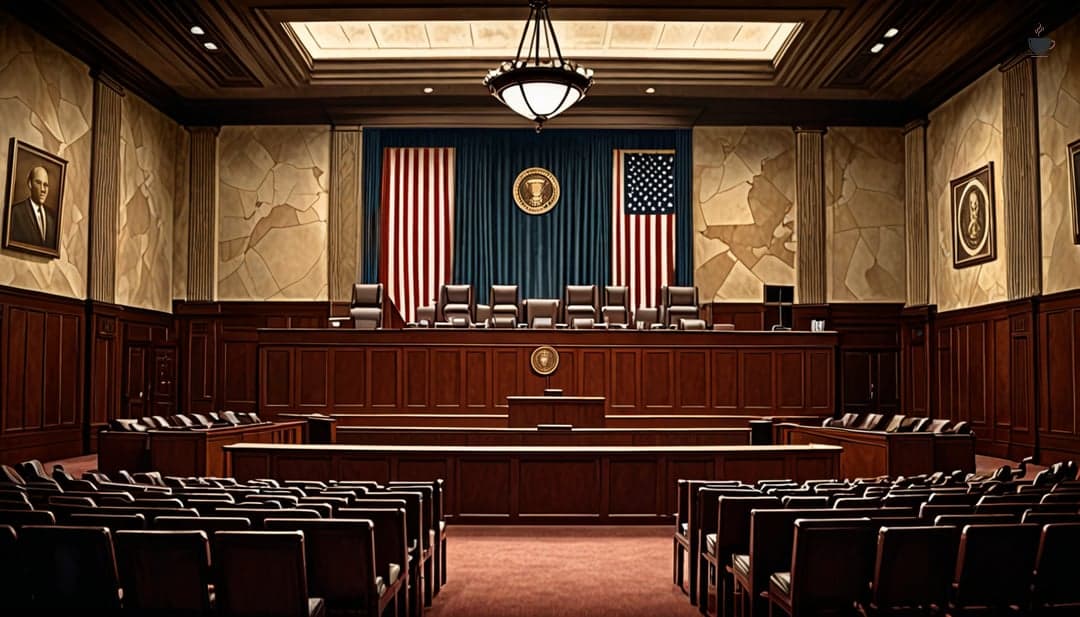
Supreme Court Considers Fate of Voting Rights Act's Section 2 in Landmark Redistricting Case
Race lines drawn on voting maps
Democracy's pulse
The Supreme Court is poised to make a potentially transformative decision regarding the Voting Rights Act's Section 2, a critical legal provision that could dramatically reshape minority electoral representation across the United States [1][4].
In a case emerging from Louisiana, the court is revisiting a complex legal question that could fundamentally alter how race is considered in drawing congressional districts. The core issue centers on whether states can continue to use race as a factor in creating electoral maps to ensure minority representation [8].
The current legal landscape stems from a 2023 Supreme Court ruling that surprisingly upheld key elements of the Voting Rights Act. That decision compelled Alabama and Louisiana to redraw congressional maps, ultimately resulting in two additional Black lawmakers being elected to Congress [1].
Now, just two years later, the court is reconsidering the same legal provisions, with potentially far-reaching consequences. The central question remains whether the court, using the same lineup of justices from the 2023 decision, will maintain its previous stance or dramatically reinterpret the landmark civil rights legislation [4].
Section 2 of the Voting Rights Act has been the primary legal mechanism for challenging racially discriminatory election practices for nearly five decades. The current case could potentially eliminate race-conscious redistricting, threatening minority representation in both congressional and local government elections [8].
Legal experts and voting rights activists are watching closely, understanding that the court's decision could overturn previous pro-voting rights decisions and fundamentally reshape the electoral landscape of the United States.